Warehouse
Closed
July 10, 2026
Judging
Date
July 26, 2026
Winners
Announced
August 12, 2026
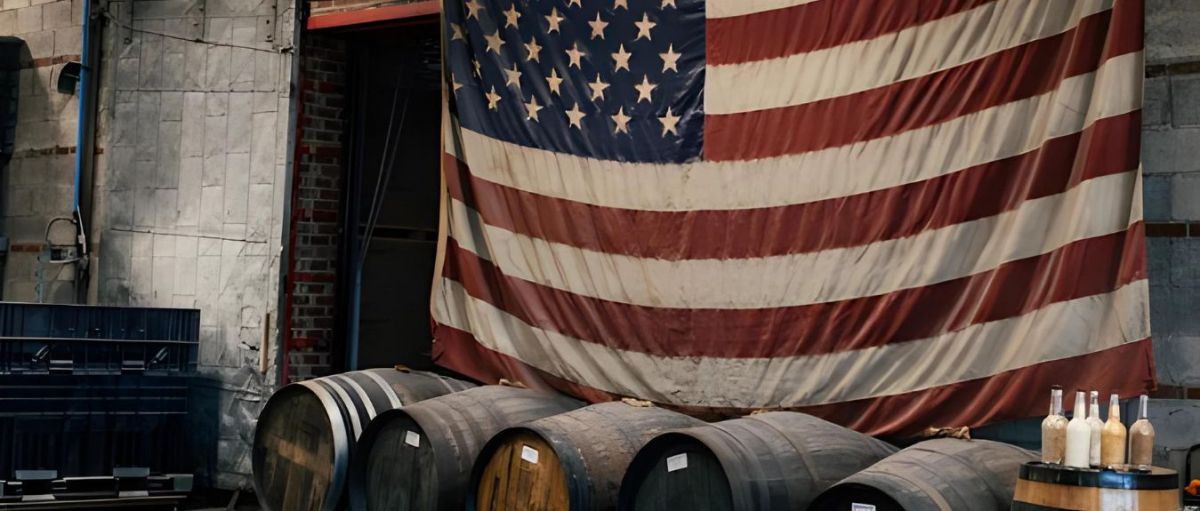
Rum has a storied history that spans continents and centuries, with its origins deeply rooted in the Caribbean, where it became synonymous with island life and pirate lore. However, in recent years, rum has experienced a resurgence in the United States, driven by a wave of innovative American distilleries that are redefining this classic spirit. American-made rum has begun to carve out a unique identity, distinct from its Caribbean roots, by incorporating local ingredients, innovative aging techniques, and a spirit of unique American creativity. As the rum industry evolves, American distilleries are drawing inspiration from traditional Caribbean rum and pushing boundaries, experimenting with new flavors, aging methods, and production techniques. These innovations are helping revitalize the rum market in the United States and attract a new generation of rum enthusiasts seeking something different from the typical tropical rum experience.
This article explores the evolution of American rum, examining how it has transformed from a relatively obscure spirit in the United States to a burgeoning market driven by craft distilleries. We will delve into the ways American rum differs from its Caribbean counterparts, highlighting the techniques and ingredients that set it apart, and discuss some of the most notable American rums that have gained widespread acclaim. Through this journey, we will uncover the unique characteristics of American-made rum and explore why it is gaining popularity among consumers and industry professionals alike.
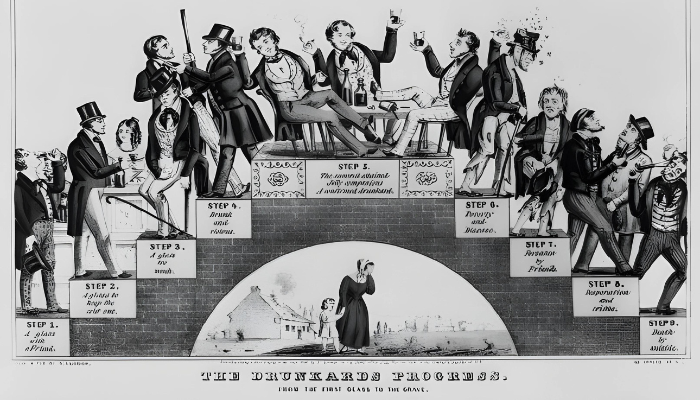
Source: Got Rum
Rum's history is inextricably linked to the Caribbean, where it was first produced in the 17th century. Made from sugarcane or molasses, rum quickly became a staple of the region, with each island developing its distinct style. Caribbean rums range from light and dry to rich and dark, and they often carry the flavors of the tropical fruits and spices native to their respective islands. The production process typically involves fermentation, distillation, and aging in oak barrels, with variations in these processes contributing to the wide array of rum styles.
As rum became more popular in the Caribbean, it spread to North America, where it played a significant role in the colonial economy. However, the rise of whiskey in the United States in the 18th and 19th centuries led to a decline in American rum production. It wasn't until the late 20th century that American-made rum began to re-emerge, driven by the burgeoning craft spirits movement.
[[relatedPurchasesItems-54]]
The revival of American-made rum can be traced back to the growth of craft distilleries across the United States. These small-scale operations, often founded by passionate entrepreneurs, were eager to experiment with different spirits, and rum was no exception. Unlike the Caribbean, where rum production is often steeped in tradition, American distilleries embraced a more flexible approach, allowing them to explore new techniques and flavor profiles.
One key difference between American rum and Caribbean rum is the use of alternative ingredients. While Caribbean rum is primarily made from sugarcane and molasses, American distilleries are experimenting with various types of sugar, including beet sugar and honey. This flexibility in ingredient selection allows American rum producers to create unique and diverse flavor profiles that appeal to a broad range of consumers. Another factor that sets American rum apart is the innovative aging methods employed by some distilleries. While traditional Caribbean rum is aged in oak barrels, American distilleries are experimenting with different barrel types, including wine barrels and beer casks. This approach allows for a greater range of flavors and adds complexity to the final product.
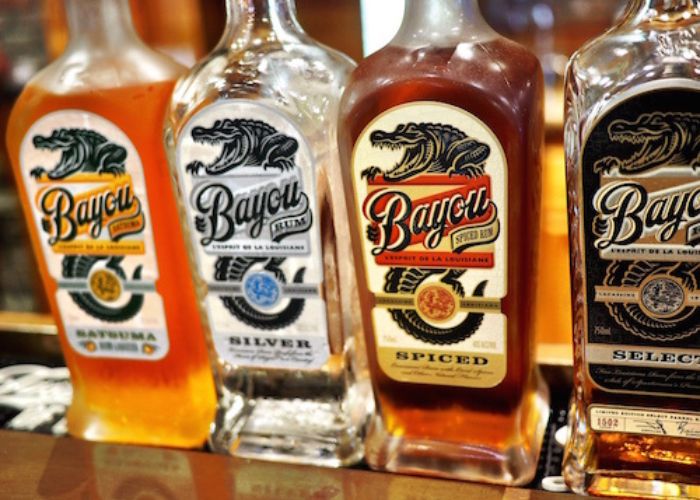
Source: Bayou Rum
Several American rums have gained recognition for their quality and innovation. One notable example is Bayou Rum, produced in Louisiana. This rum is crafted from locally sourced sugarcane and distilled in traditional copper pot stills. It has gained a reputation for its rich, complex flavors and smooth finish, thanks in part to its unique aging process in bourbon barrels.
Roulaison Distilling, based in New Orleans, takes inspiration from the city's rich cultural history and vibrant music scene. The distillery emphasizes traditional distillation methods while incorporating modern techniques to create rums that are both classic and innovative. Roulaison is known for its use of unique fermentation processes and small-batch production, resulting in rums that are rich in flavor and character. Their White Rum, crafted from Louisiana-grown sugarcane, has received acclaim for its smoothness and versatility.
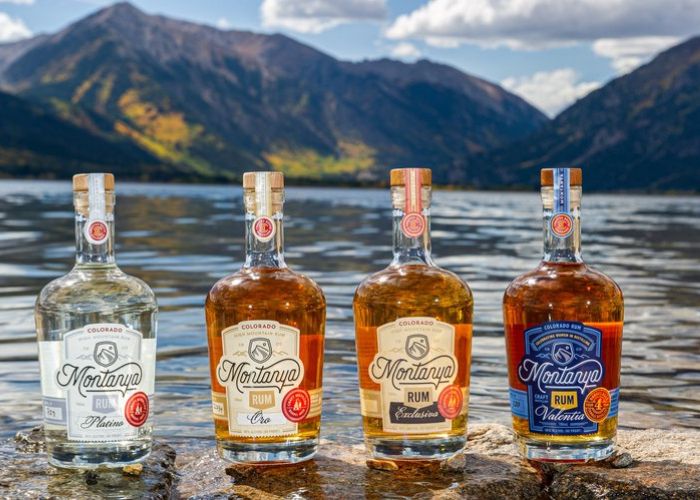
Source: Montanya Distillers
Montanya Distillers, located in Crested Butte, Colorado, offers a completely different take on American rum. Nestled in the Rocky Mountains, Montanya uses pure Colorado mountain water and organic ingredients to craft its rums. The high-altitude distillation process imparts unique characteristics to the rum, creating a distinctive taste profile. Montanya's rums are also aged in a combination of American oak and French oak barrels, with some expressions further aged in barrels that once held other spirits, such as whiskey or port. This aging process gives Montanya's rums a complex and layered flavor that sets them apart from traditional Caribbean rums.
Another prominent American rum is Privateer Rum, based in Massachusetts. Privateer is known for its commitment to quality and transparency, using only the finest ingredients and eschewing additives or artificial flavors. Their aged rum, crafted from high-quality molasses and aged in oak barrels, has garnered acclaim for its rich, caramelized flavors and smooth texture.
Papa's Pilar Rum is a Florida-based distillery that has become famous for its unique approach to rum production. Inspired by Ernest Hemingway, the distillery blends rums from different regions and ages them in a combination of bourbon, port, and sherry barrels. This innovative method results in a complex and intriguing flavor profile that resonates with rum enthusiasts.
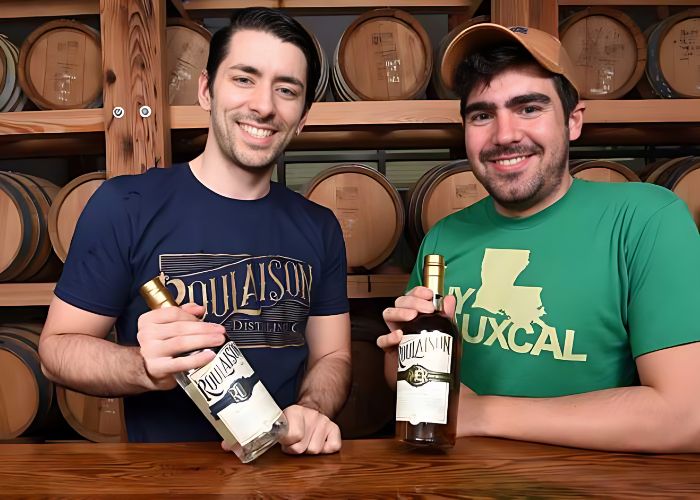
Source: Country Roads
The evolution of American rum from its Caribbean roots to domestic innovation has been a fascinating journey. While Caribbean rum will always hold a special place in the spirits world, American-made rum has carved out its own identity, characterized by creativity, flexibility, and a commitment to quality. The rise of craft distilleries in the United States has played a significant role in this transformation, allowing for unique flavor profiles, innovative aging techniques, and a fresh approach to rum production. As American rum continues to gain popularity, it is clear that the spirit's future is bright. The growing interest in craft spirits, coupled with a renewed appreciation for high-quality rum, ensures that American-made rum will remain a vibrant and evolving segment of the industry. Whether you're a seasoned rum aficionado or a curious newcomer, the world of American rum offers something for everyone, inviting you to explore its rich flavors and innovative spirit.
Header Image Source: Bottle Raiders
The 2025 Winners List is Now Live! Explore the Full List!